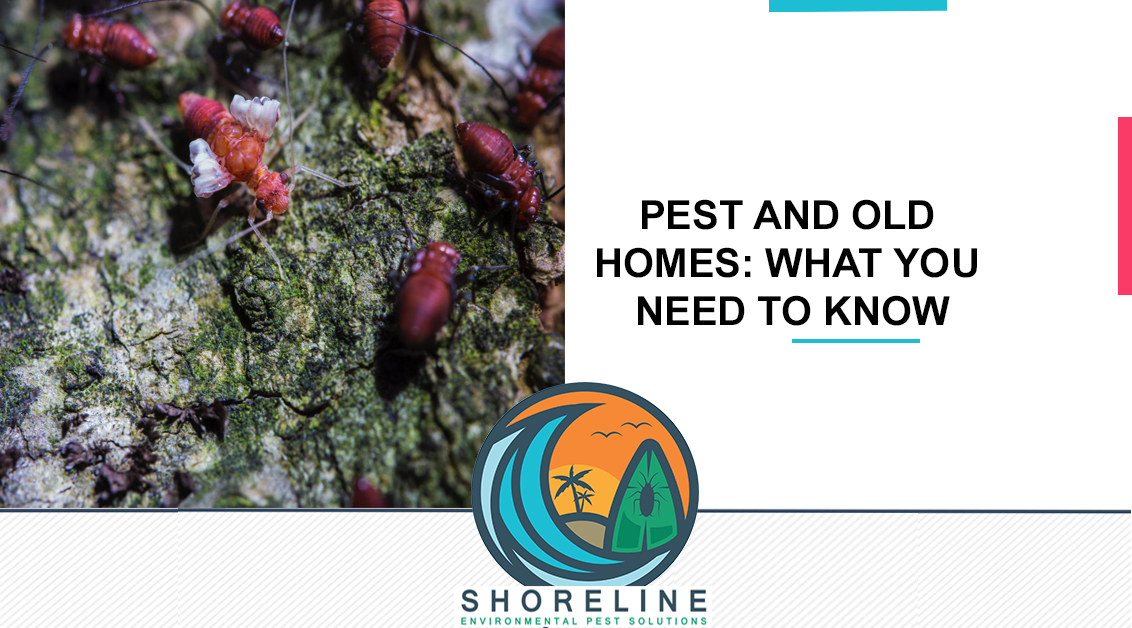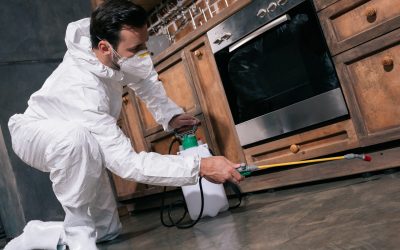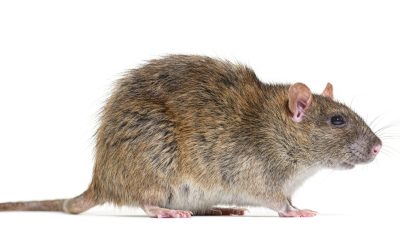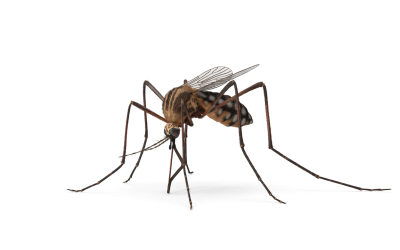Pest and old homes are a common problem in the United States. Pests such as rats, cockroaches, termites, and fleas can cause significant damage to your home. A pest infestation can also make your property less appealing to potential buyers.
Old homes, especially those built before the 1960s, were built with different construction standards. This, along with the deterioration of the construction properties due to changing weather and other natural factors, makes such properties vulnerable to pest infestation. The result is more than just unsightly areas, but the possibility of health issues and related concerns such as mold, black mold, and asbestos. Here’s what you need to know about pests and old homes.
Pests are a problem for older homes in many ways. In general, there are more pests in older homes because they have not been treated with pesticides as often as newer ones. Older homes may also be more vulnerable to pests because of structural changes from reconstruction or other natural courses, including storms and earthquakes. As old as the building is, it’s crucial to find a certified pest control professional to pest-proof it or to eliminate any possibility of pest infestation in the future.
Pests can affect older homes differently
Most homeowners are familiar with the typical pest problems associated with their homes. But what about older homes? What types of pests can affect older homes, and how do they differ from those that typically plague newer construction?
Each year, homeowners can expect to have more pests in their homes than they used to. This is due mainly to changes in construction and environmental factors that create the optimal conditions for increasing pest infestation rates.
Why does this happen?
Newer housing units are built with materials specifically designed for improved insulation against various common household pests, including ants, flies, rodents, and spiders. On the flip side, the construction components of older houses lack this additional protection and are hence under threat. For example, the wooden doors and windows of old homes could easily turn out to be the nesting area of termites. A termite-infested door is susceptible to cracks and holes, eventually giving way to other pest types, including rodents and cockroaches. Did you know that a mouse requires only a ¼ inch hole to enter your home?
Another cause of increased pests in older homes is process change as building practices have evolved. Newer processes can facilitate more traps or controls at the infrastructure level and more effective treatments and insecticides that are shipped from vendors around the world. It may be one thing if you own an apartment complex, but the pests can become much more difficult to control if you own a home.
Easy Steps to Eliminate Pest Infestation in Older Homes:
- Find out the age of your home. Trim and clean carpets, seat furniture, wear shoes indoors
- Eliminate insect nests by using pesticides in crawlspaces and crevices where pests may hide.
- Keep in mind that carpeting is a vital part of pest control, and pay special attention when it comes to maintaining them
- Maintain extermination systems such as heating/air conditioning filters and ducts
- Use window screens to avoid pest travel through apertures located in walls and floors. Make sure the screen fits securely!
- Pest control professionals – Hire pest control professionals if you are unaware of pest control procedures, including finding the root cause of pest infestation, the type of pesticides to use, or any other DIY elements.
- Older homes are usually remodeled or renovated several times during their lifetime. The newly added patio can create an ideal environment for termites if you overlook the need for termite treatment.
- Pay special attention if you bring additions to your older home, mainly while repairing or maintaining plumbing systems.
If you live in an old home or apartment and see possible signs of pest infestation, make it a point to contact us immediately. Pest infestation with older homes tends to be complicated as the whole structure needs to be inspected with advanced tools and equipment to eliminate the infestation successfully and prevent reinfestation.





0 Comments